Experiments that can fit on a tabletop are probing the nature of dark matter and dark energy and searching for evidence of extra dimensions.
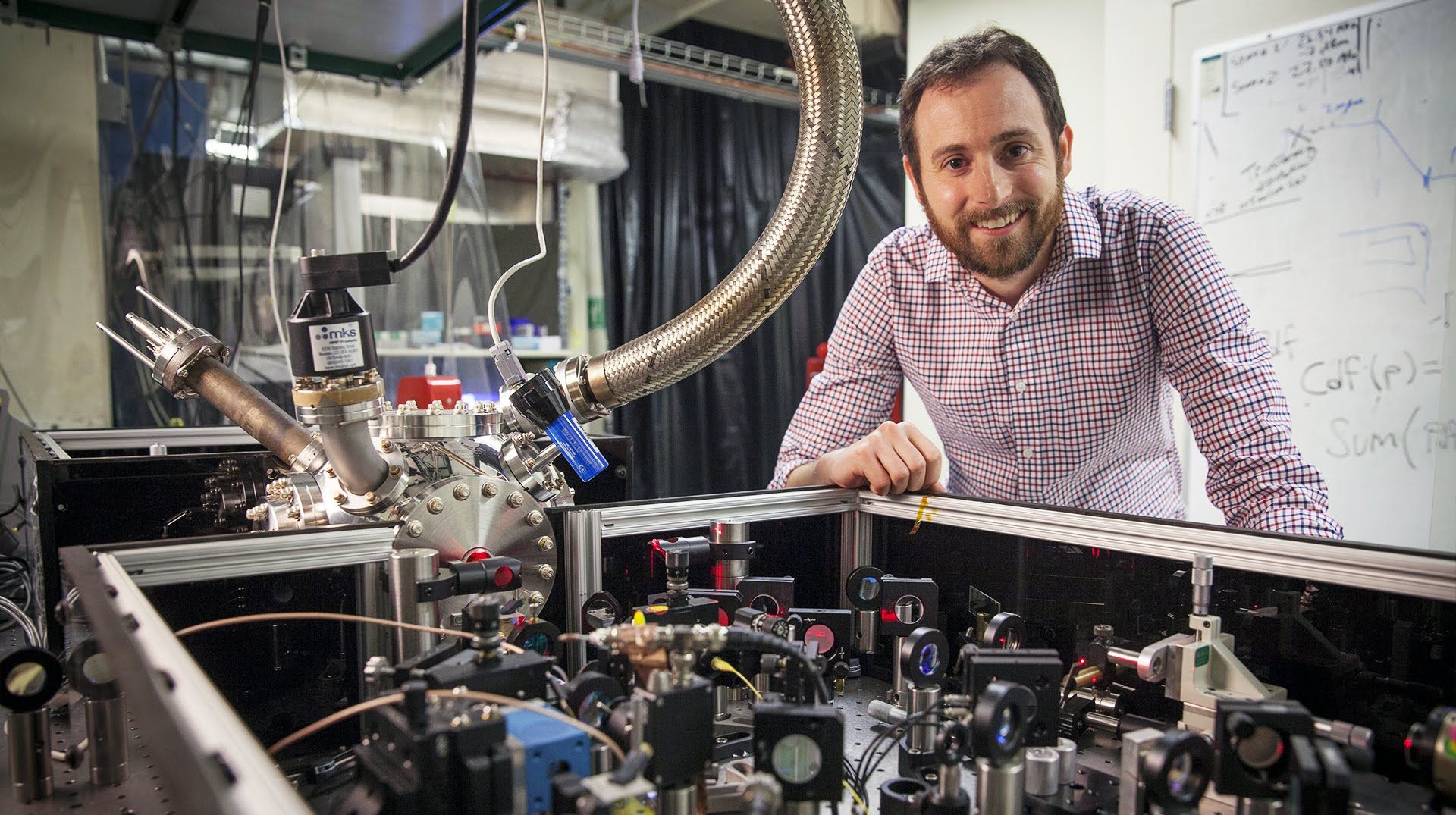

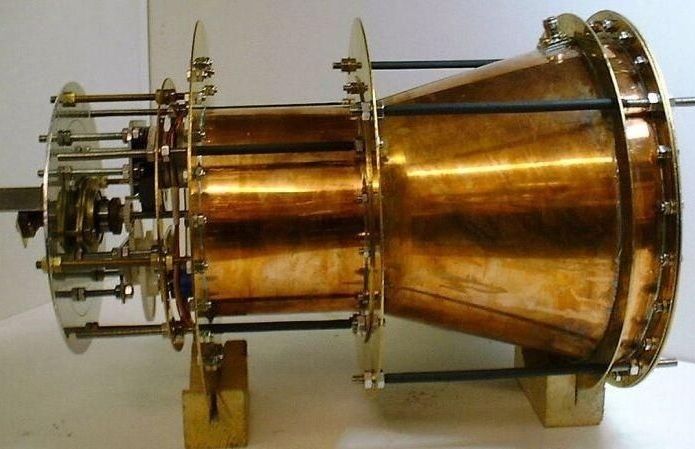

Gotta luv this.
An international team of researchers including the Lomonosov Moscow State University physicists has developed a completely new type of drug carrier for targeted delivery to the sick organ — the gel nano-capsules with a double shell. The results of the study were published in Scientific Reports.
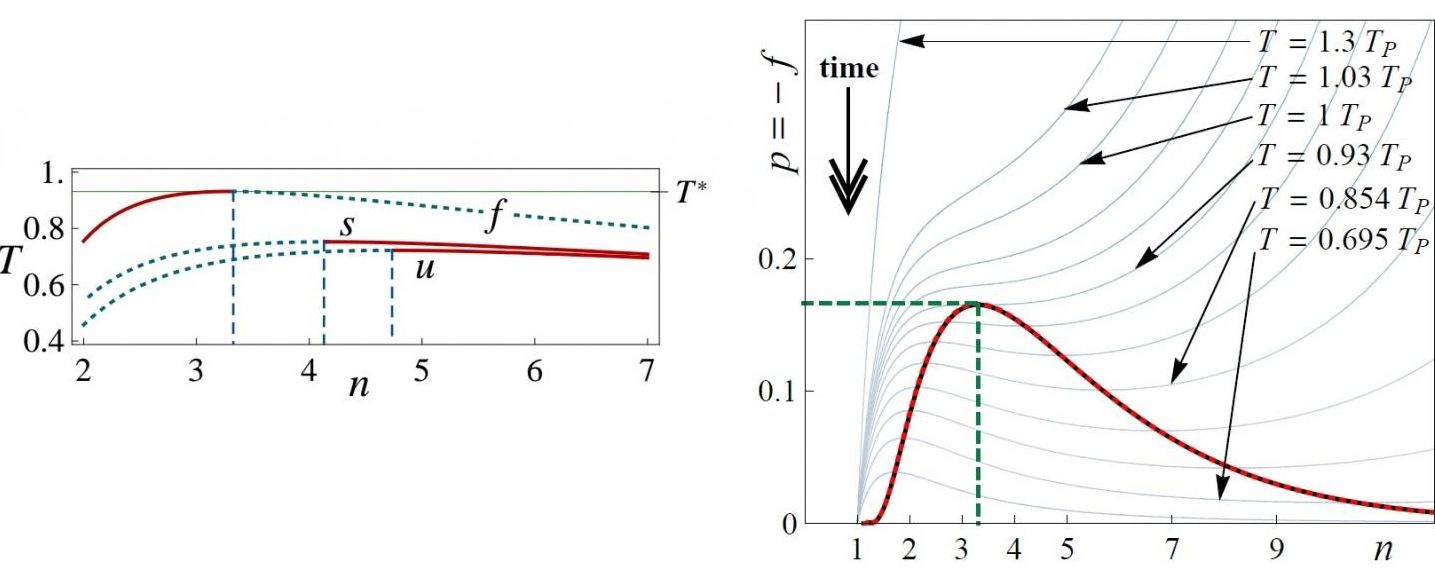
(Phys.org)—The question of why space is three-dimensional (3D) and not some other number of dimensions has puzzled philosophers and scientists since ancient Greece. Space-time overall is four-dimensional, or (3 + 1)-dimensional, where time is the fourth dimension. It’s well-known that the time dimension is related to the second law of thermodynamics: time has one direction (forward) because entropy (a measure of disorder) never decreases in a closed system such as the universe.
In a new paper published in EPL, researchers have proposed that the second law of thermodynamics may also explain why space is 3D.
“A number of researchers in the fields of science and philosophy have addressed the problem of the (3+1)-dimensional nature of space-time by justifying the suitable choice of its dimensionality in order to maintain life, stability and complexity,” coauthor Julian Gonzalez-Ayala, at the National Polytechnic Institute in Mexico and the University of Salamanca in Spain, told Phys.org.
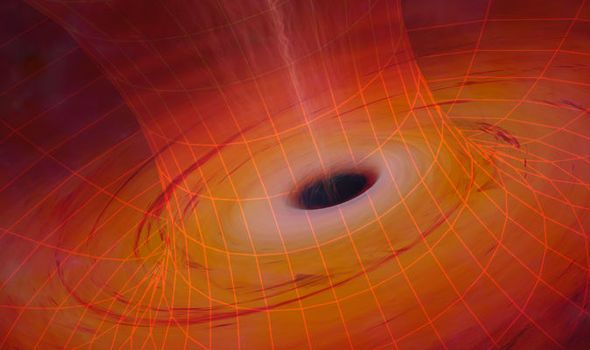
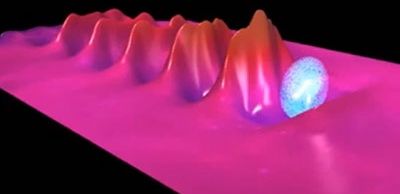
The result is a compact accelerator that is not much larger than the laser used to create the plasma. That means that a laser plasma accelerator can be housed in a small building, rather than stretching over hundreds of metres or even several kilometres.
High-quality beam
While laser plasma accelerators exist at several laboratories around the world, EuPRAXIA steering-committee member Carsten Welsch says that “no infrastructure exists where the quality of the accelerated beam satisfies the requirements of industry”. Welsch, who is at the UK’s Cockcroft Institute of Accelerator Science and Technology, adds that “creating such a facility would be a major breakthrough and would attract users from many different sectors”.
Welsch told physicsworld.com that an important goal of EuPRAXIA is to develop technology to “sharpen” the energy spectrum of the electron beam produced by laser plasma accelerators. Today’s accelerators produce electrons with a very wide range of energies, and this spread would have to be reduced significantly before a facility could be used as a source of electrons for scientific and industrial applications.

Ever since Kepler’s observation in the 17th century that sunlight is one of the reasons that the tails of comets to always face away from the sun, it has been understood that light exerts pressure in the direction it propagates. Radiation pressure is produced by the momentum carried by light, and it plays a crucial role in a variety of systems, from atomic to astronomical scales.
In a recent theoretical paper, a group from the RIKEN Center for Emergent Matter Science in Japan showed that momentum density in non-uniform optical fields has an unusual component, which is orthogonal to the propagation direction of light and is proportional to the optical spin, which means the degree of circular polarization. They predicted that this spin momentum would produce a transverse spin-dependent optical force, a few orders of magnitude weaker than the usual radiation pressure.
Now, based on the theoretical work, a group from RIKEN, the University of Bristol, and other institutions have used an extremely precise technique to experimentally verify that light does in fact exert the extraordinary perpendicular force, which is determined by the polarization of the light. The research has been published in Nature Physics.
Scientists say recent advances in laser propulsion technology could make it possible for spacecrafts to reach Mars in as little as 3 days using photon propulsion.
The concept was shared by Philip Lubin, a physics professor at the University of California, Santa Barbara at the NASA Innovative Advanced Concepts (NIAC) symposium. Ultimately, the method seeks to place an ultra-powerful laser in Earth’s orbit, that would use photon pressure to power a “sail-equipped” spacecraft. [ESA To Build “Moon Village” by 2030].
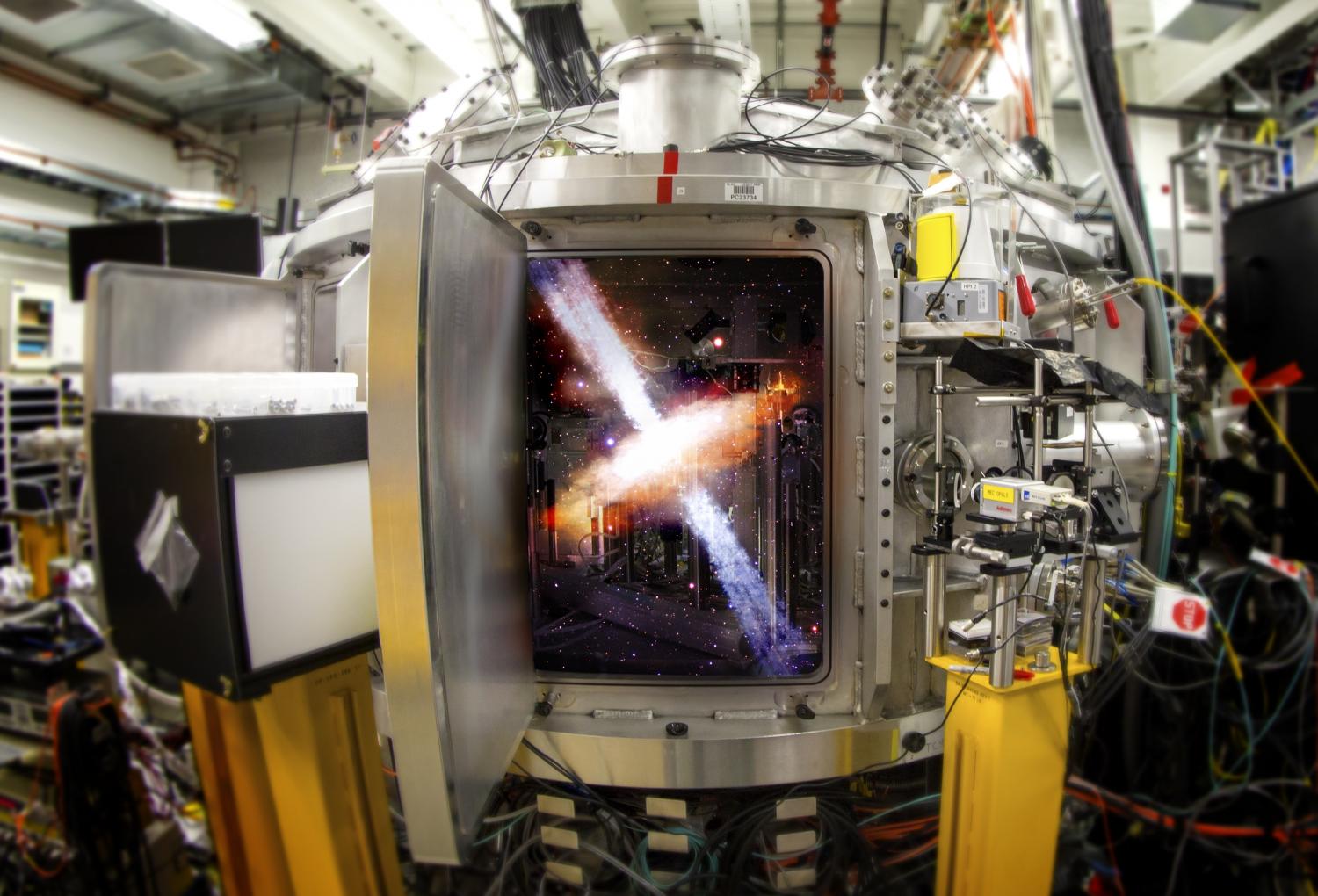
Conditions in the vast universe can be quite extreme: Violent collisions scar the surfaces of planets. Nuclear reactions in bright stars generate tremendous amounts of energy. Gigantic explosions catapult matter far out into space. But how exactly do processes like these unfold? What do they tell us about the universe? And could their power be harnessed for the benefit of humankind?
To find out, researchers from the Department of Energy’s SLAC National Accelerator Laboratory perform sophisticated experiments and computer simulations that recreate violent cosmic conditions on a small scale in the lab.
“The field of laboratory astrophysics is growing very rapidly, fueled by a number of technological breakthroughs,” says Siegfried Glenzer, head of SLAC’s High Energy Density Science Division. “We now have high-power lasers to create extreme states of matter, cutting-edge X-ray sources to analyze these states at the atomic level, and high-performance supercomputers to run complex simulations that guide and help explain our experiments. With its outstanding capabilities in these areas, SLAC is a particularly fertile ground for this type of research.”
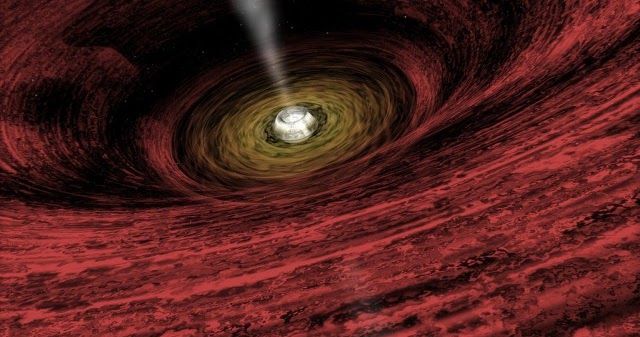
A new research paper published in Physical Review Letters has brought forward a significant new understanding of general relativity laws, and has found some strange physics taking place inside black holes. Specifically, that the direction of time could be reversed within them. Several physical procedures are perfectly symmetric in time. Take a pendulum for instance. If someone shows you a video of a pendulum swinging, you cannot differentiate if the video is actually moving forward or backward. But some processes are not symmetric at all. We can tell that a pendulum will ultimately slow because of friction and we know that it was triggered at some point, so we can give a temporal direction to physics. The directionality of time and our view of it was called the “Arrow of Time” by British astronomer Arthur Eddington, and it has been connected to the entropy of the cosmos.